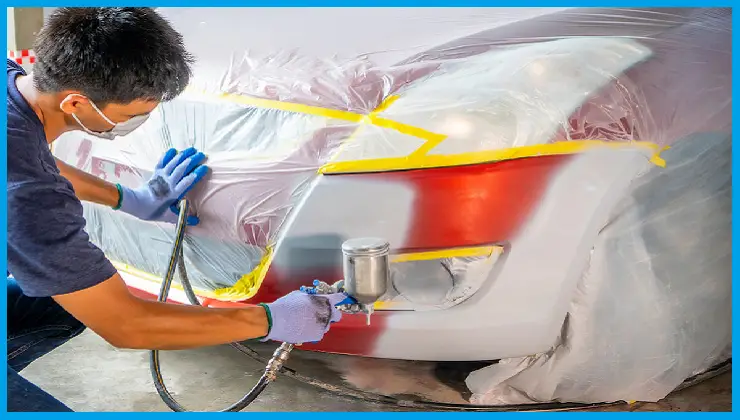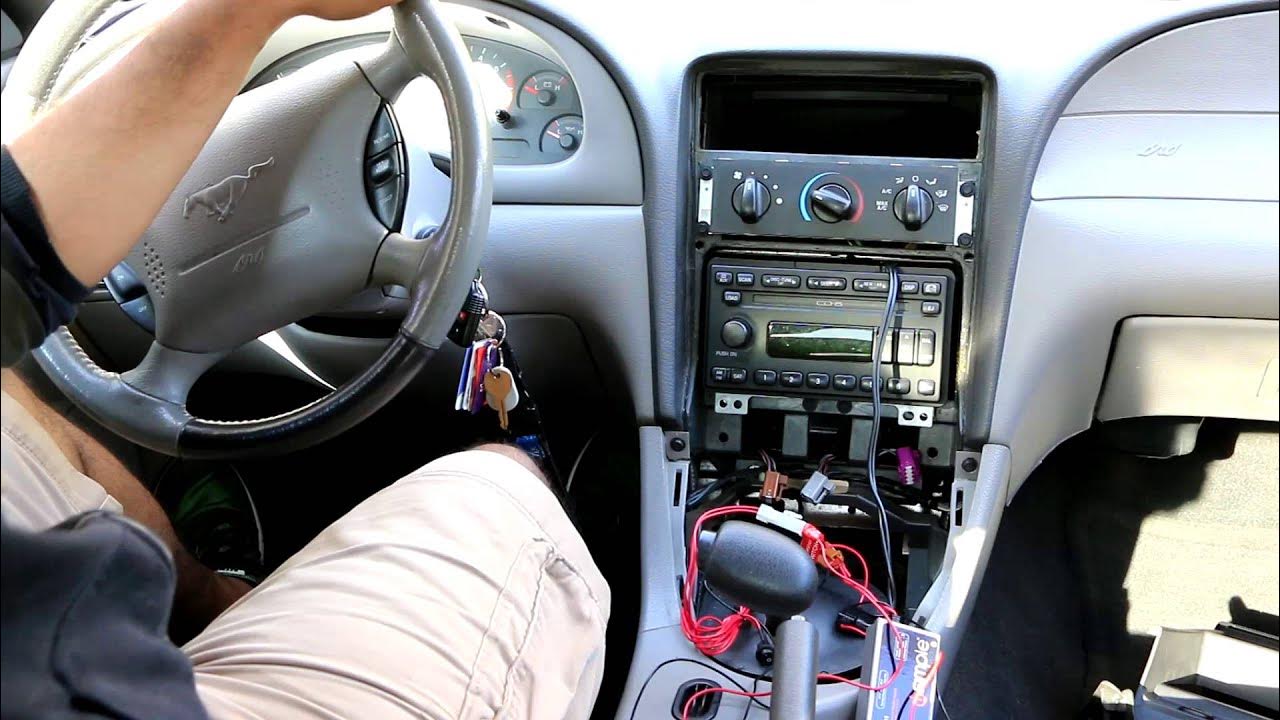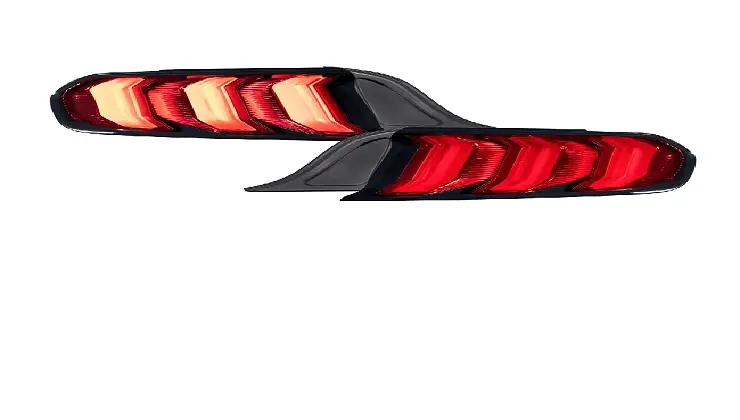If you are a DIY enthusiast or a professional painter, you may have heard about high build primer. This type of primer is popular among painters and builders because it helps to hide surface imperfections and prepare the surface for a smooth finish. However, many people are often unsure about how much high build primer they need to use to cover a specific area.
In this article, we will explore the question of how much will high build primer hide and provide some tips on how to use it effectively.
Contents
What is High Build Primer?
High build primer is a type of primer that is designed to create a thick, even layer on a surface. It is typically used on surfaces that have imperfections or are difficult to paint, such as wood, metal, and masonry. High build primer is also used to fill in small gaps and cracks in the surface, creating a smooth, uniform base for the topcoat.
How Much Will High Build Primer Hide?
The amount of high build primer needed depends on the surface you’re working on and the imperfections you’re trying to cover. In general, high build primer can hide small imperfections like scratches, dings, and small dents. However, it may not be able to cover larger imperfections like deep scratches or significant dents.
The hiding power of high build primer is measured by its dry film thickness (DFT). The DFT is the thickness of the primer film after it has dried. Generally, the higher the DFT, the better the hiding power of the primer.
Most high build primers have a DFT of 2-4 mils per coat. If you’re working on a surface with minor imperfections, one or two coats of high build primer should be enough to cover them. If you’re working on a surface with significant imperfections, you may need to apply more coats or use a filler before applying the high build primer.
Types of High Build Primers
There are several types of high build primers available, each with its unique properties and uses. Some of the most common types of high build primers include:
- Epoxy High Build Primer: Epoxy high build primer is a two-part system that creates a thick, durable coating that is resistant to moisture, chemicals, and abrasion. It’s commonly used on concrete surfaces, metal surfaces, and industrial equipment.
- Acrylic High Build Primer: Acrylic high build primer is a water-based primer that is easy to apply and dries quickly. It’s commonly used on drywall, wood, and masonry surfaces.
- Urethane High Build Primer: Urethane high build primer is a two-part system that creates a thick, durable coating that is resistant to impact, chemicals, and UV rays. It’s commonly used on metal surfaces, automotive surfaces, and marine equipment.
How to Apply High Build Primer?
Now that you know how much high build primer can hide, let’s discuss how to apply it correctly. Here are the steps you should follow:
Prepare the Surface
Before applying high build primer, it’s important to prepare the surface properly. This includes cleaning the surface of any dirt or debris, sanding the surface to create a smooth, even texture, and filling in any gaps or cracks with a suitable filler.
Apply in Thin Layers
It’s best to apply high build primer in thin layers to avoid drips and ensure an even finish. If you apply the primer too thickly, it may take longer to dry, and it may not adhere properly to the surface.
Sand Between Coats
To achieve a smooth finish, it’s important to sand the surface between coats of high build primer. This will help to remove any bumps or imperfections and create a smooth, even surface.
Use the Right Tools
When applying high build primer, it’s important to use the right tools, such as a paintbrush, roller, or spray gun, depending on the type of surface and the size of the area you are painting. Using the right tools will help you to achieve the best possible finish.
Follow the Drying Time
Finally, it’s important to follow the manufacturer’s recommendations for drying time. High build primer typically takes longer to dry than other types of primer, so it’s important to allow enough time for the primer to dry completely before applying the topcoat.
Benefits of High Build Primer
Using high build primer has several benefits. Here are some of them:
- It hides imperfections: High build primer can hide small imperfections like scratches and dings, creating a smooth surface for paint or coating.
- It saves time: Using high build primer can save time as it eliminates the need for multiple coats of regular primer.
- It’s cost-effective: High build primer is cost-effective as it reduces the amount of paint or coating needed to cover imperfections.
Safety Tips for Applying High Build Primer
While high build primer is generally safe to use, it’s essential to take appropriate safety measures when applying it to protect yourself and others. Here are some safety tips to keep in mind:
- Wear Protective Gear: Wear protective gear, such as gloves, goggles, and a respirator, when applying high build primer. This will protect you from exposure to the chemicals in the primer and the fumes that it may produce.
- Work in a Well-Ventilated Area: When applying high build primer, work in a well-ventilated area to avoid breathing in the fumes. Open windows and doors, or use fans to circulate the air.
- Follow the Manufacturer’s Instructions: Always follow the manufacturer’s instructions when applying high build primer. This will ensure that you use the product correctly and safely.
- Keep the Area Clean and Tidy: Keep the area clean and tidy while applying high build primer. This will help to prevent slips, trips, and falls, and reduce the risk of accidental spills or splashes.
- Store the Primer Safely: Store high build primer in a cool, dry place, away from sources of heat and flames. Keep it out of reach of children and pets.
Frequently Asked Questions
Q: How to Apply High Build Primer?
A: Before applying high build primer, the surface should be clean and free of debris. The primer can be applied using a brush, roller, or spray gun. It is important to follow the manufacturer’s instructions for application, including the recommended thickness of the primer and the number of coats needed.
Q: How long should I wait before painting over high build primer?
A: Most high build primers require at least 24 hours of drying time before painting over them. However, it’s best to check the manufacturer’s instructions for specific drying times.
Q: How many coats of high build primer are necessary?
A: The number of coats of high build primer necessary will depend on the surface being primed and the quality of the primer being used. In general, one or two coats of high build primer will be sufficient.
Q: Can You Apply Paint Directly Over High Build Primer?
A: No, paint should not be applied directly over high build primer. The primer should be sanded first to create a smooth surface for painting. After sanding, the surface should be cleaned to remove any dust or debris before painting.
Q: How to Clean Up After Using High Build Primer?
A: To clean up after using high build primer, it is recommended to use a solvent-based cleaner or mineral spirits. The surface should be wiped clean with a rag or paper towel, and any excess primer should be disposed of according to local regulations.
Q: Can You Tint High Build Primer?
A: Yes, some high build primers can be tinted to match the color of the paint being used. It is important to check with the manufacturer’s instructions to determine if the primer is compatible with tinting and to follow the recommended process for tinting.
Conclusion
In conclusion, high build primer is a versatile and durable type of primer that is commonly used to fill in small imperfections and create a smooth surface for painting. The amount of high build primer that will hide depends on the thickness of the primer and the surface being painted, but it can typically hide imperfections up to 1/8 inch deep. It is important to choose the right high build primer for your specific project and to follow the manufacturer’s instructions for application, drying time, and sanding. With proper use and application, high build primer can help to create a professional and long-lasting finish on a variety of surfaces.





